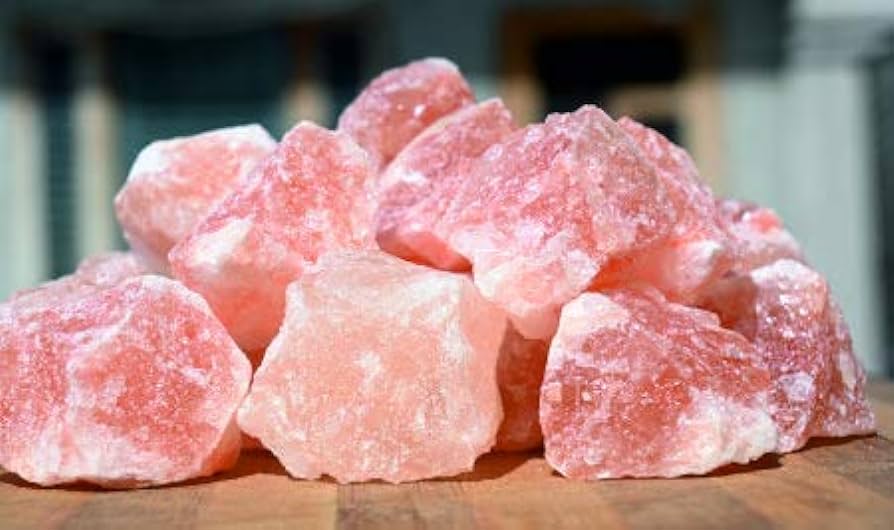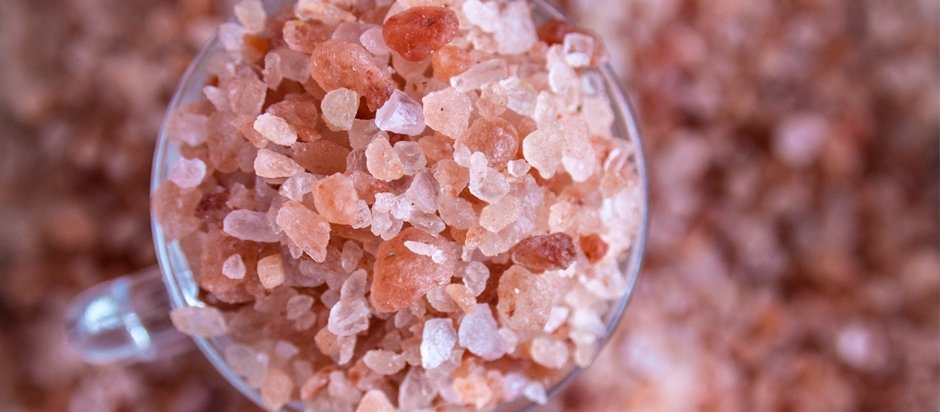Himalayan salt, also known as pink salt or rock salt, has a long history dating back millions of years.
This unique salt is mined from the Khewra Salt Mine in Pakistan, located at the foothills of the Salt Range mountains, which are part of the Himalayas.
Here, we explore the fascinating history, chemical composition, uses, and benefits of Himalayan salt.
History
The Khewra Salt Mine, where Himalayan salt is primarily mined, is one of the oldest and largest salt mines in the world. It is believed that the salt deposits in this region were formed over 600 million years ago during the Precambrian era when ancient seas evaporated, leaving behind vast salt beds. The salt deposits were later covered by layers of rock and sediment, preserving them from contamination.
Himalayan salt has been used for centuries by the local people for cooking, medicinal purposes, and even as a form of currency. It was also traded along ancient salt routes that connected the Himalayan region to other parts of Asia.
Chemical Composition

Himalayan salt rockHimalayan salt is primarily composed of sodium chloride, which makes up about 98% of its chemical composition.
The remaining 2% consists of trace minerals, including calcium, magnesium, potassium, and iron, which give the salt its distinctive pink color.
These trace minerals are believed to be more easily absorbed and utilized by the body compared to other forms of salt, although the actual amounts present in Himalayan salt are relatively small.
Uses
Himalayan salt is used in various ways, both in culinary and non-culinary applications.
In cooking, it is often used as a seasoning or finishing salt, adding a subtle flavor and a hint of color to dishes.
It can also be used to create salt blocks or plates for cooking and serving food, as the salt retains heat well and imparts a unique flavor to food.
Outside of the kitchen, Himalayan salt is used in spa treatments, such as salt baths and salt scrubs, due to its purported skin-rejuvenating properties.
It is also used in lamps and candleholders, where the heat from the light source is said to release negative ions that can improve air quality and mood.
Benefits
Proponents of Himalayan salt claim that it offers several health benefits due to its mineral content and unique composition. These benefits may include improved electrolyte balance, hydration, and mineral intake. However, scientific evidence supporting these claims is limited, and more research is needed to fully understand the potential health effects of Himalayan salt.
In conclusion, Himalayan salt is a fascinating natural resource with a rich history and a variety of uses. Whether you use it in your cooking, as a decorative item, or for its potential health benefits, Himalayan salt adds a unique touch to any home.
We hope you found the information above useful. Leave a comment below, or contact us if you have any questions.
